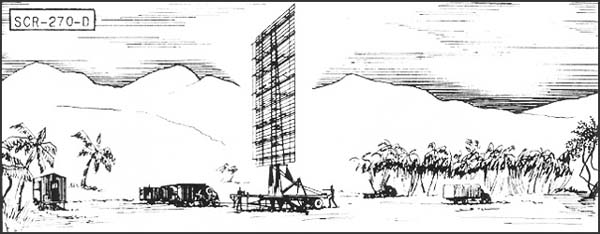
| Altitude, feet | 1,000 | 5,000 | 20,000 | 25,000 |
| Range, miles | 20 | 50 | 100 | 110 |
- Set should be sited at a height
between 100' and 1000' above an unobstructed reflecting surface.

| Altitude, feet |
|
|
|
|
| Range*, miles |
|
|
|
|
- *Range of PPI limits GCI operation
to about 45 miles.